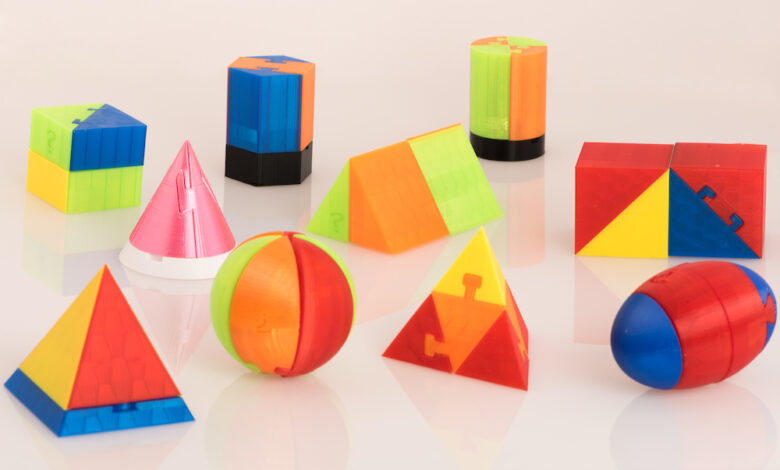How 3D Puzzles Shaped My Architectural Vision

As a child, I found myself mesmerized by the world of 3D puzzles. Each puzzle was a new adventure, a challenge that beckoned with the promise of hidden secrets and undiscovered structures. Little did I know, these early encounters with 3D puzzles were laying the groundwork for my future career in architecture. The transition from piecing together miniature buildings to designing real-life structures was a journey paved with insights gleaned from those formative puzzle experiences. Here, I reflect on how 3D puzzles influenced my path to becoming an architect and the impact they continue to have on my work.
A Foundation in Spatial Understanding
3D puzzles are a hands-on exploration of space and form. Assembling the Eiffel Tower, piece by piece, I learned about balance and proportion long before I understood their architectural significance. The tactile experience of fitting pieces together to create something larger than the sum of its parts was my first foray into understanding how individual elements come together to form a cohesive whole. This fundamental principle of architecture was ingrained in me through the countless hours spent solving 3D puzzles.
Creativity and Problem-Solving
Architecture, at its core, is problem-solving through design. Each project presents its unique set of challenges, much like each puzzle requires a different strategy to complete. 3D puzzles taught me to approach problems creatively, to see beyond the immediate complications, and to envision the finished product. They cultivated a mindset that looks for solutions rather than dwelling on obstacles, a skill invaluable in the architectural world where creativity and practicality must coexist.
Attention to Detail
The devil, as they say, is in the details, and this is nowhere more true than in both 3D puzzles and architecture. A misplaced puzzle piece can disrupt the entire structure, just as a minor oversight in a building’s design can have significant repercussions. My fascination with 3D puzzles honed my attention to detail, teaching me to approach each project with precision and care, ensuring that every element aligns perfectly with the next.
Patience and Perseverance
If 3D puzzles have taught me anything, it’s that patience and perseverance are virtues. The process of building, deconstructing, and rebuilding until everything fits perfectly mirrors the architectural design process. From initial sketches to the final construction, architecture is a testament to the power of persistence, a lesson learned through the gradual assembly of complex puzzles.
Visualization and Presentation
The ability to visualize the end product is crucial in both puzzles and architecture. 3D puzzles fostered my spatial visualization skills, allowing me to see the potential of a space before it comes to life. This ability to anticipate the final outcome and present it in a way that others can understand and appreciate is fundamental to successful architectural design.
A Lasting Impact
Today, as I draft plans and oversee construction projects, I often reflect on those quiet hours spent immersed in the world of 3D puzzles. They were more than just a childhood hobby; they were the first steps on the path to my career in architecture. The lessons learned from those puzzles—spatial awareness, creativity, attention to detail, patience, and visualization—continue to influence my work, reminding me that sometimes, the most profound insights come from the simplest sources.
In essence, 3D puzzles were not merely toys; they were the building blocks of my architectural philosophy. They taught me to dream in three dimensions, to see the world as a vast puzzle waiting to be solved. And as I move forward in my career, I carry with me the curiosity, enthusiasm, and wonder that those puzzles instilled in me, grateful for the foundation they provided for a lifetime of design and creation.





